Moments and Moment Invariants in Pattern Recognition
Moments as projections of an image’s intensity onto a proper polynomial basis can be applied to many different aspects of image processing. These include invariant pattern recognition, image normalization, image registration, focus/ defocus measurement, and watermarking. This book presents a survey of both recent and traditional image analysis and pattern recognition methods, based on image moments, and offers new concepts of invariants to linear filtering and implicit invariants. In addition to the theory, attention is paid to efficient algorithms for moment computation in a discrete domain, and to computational aspects of orthogonal moments. The authors also illustrate the theory through practical examples, demonstrating moment invariants in real applications across computer vision, remote sensing and medical imaging. Key features: Presents a systematic review of the basic definitions and properties of moments covering geometric moments and complex moments. Considers invariants to traditional transforms – translation, rotation, scaling, and affine transform - from a new point of view, which offers new possibilities of designing optimal sets of invariants. Reviews and extends a recent field of invariants with respect to convolution/blurring. Introduces implicit moment invariants as a tool for recognizing elastically deformed objects. Compares various classes of orthogonal moments (Legendre, Zernike, Fourier-Mellin, Chebyshev, among others) and demonstrates their application to image reconstruction from moments. Offers comprehensive advice on the construction of various invariants illustrated with practical examples. Includes an accompanying website providing efficient numerical algorithms for moment computation and for constructing invariants of various kinds, with about 250 slides suitable for a graduate university course. Moments and Moment Invariants in Pattern Recognition is ideal for researchers and engineers involved in pattern recognition in medical imaging, remote sensing, robotics and computer vision. Post graduate students in image processing and pattern recognition will also find the book of interest.
{{comment.content}}
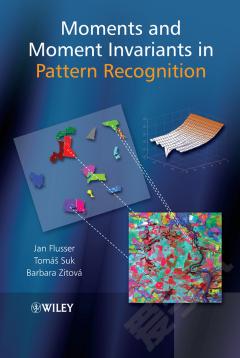
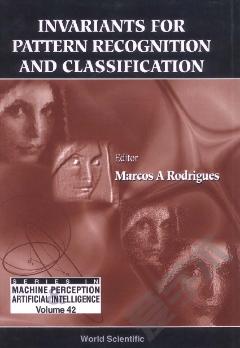
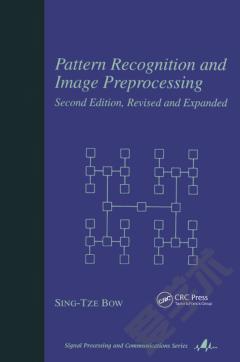

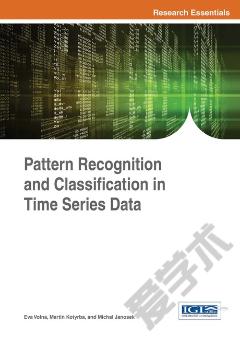

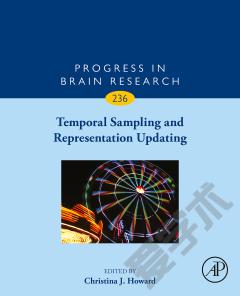

 京公网安备 11010802027623号
京公网安备 11010802027623号